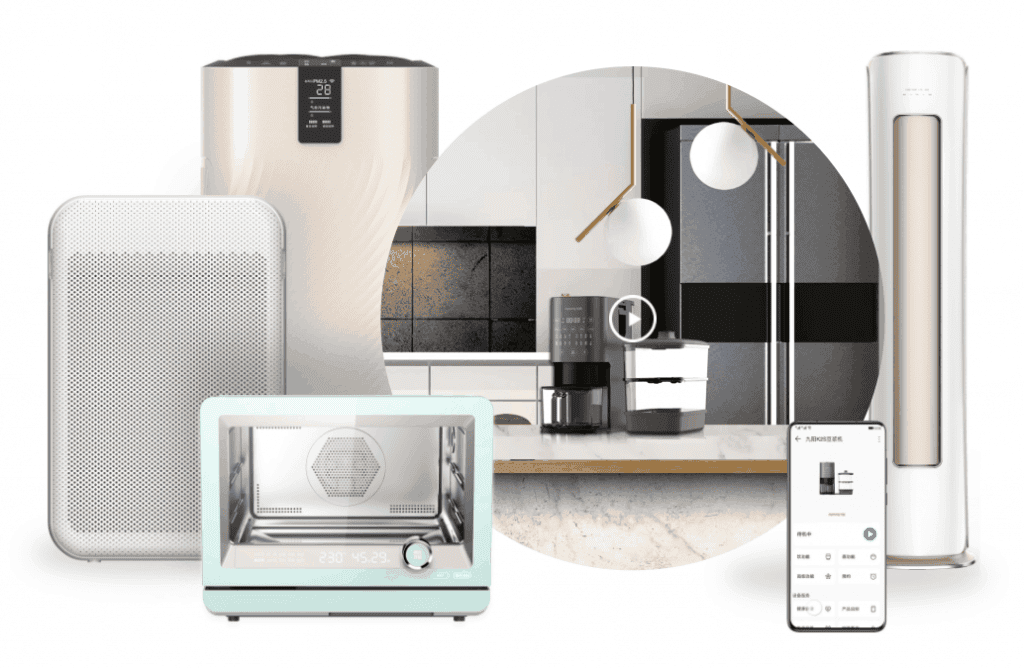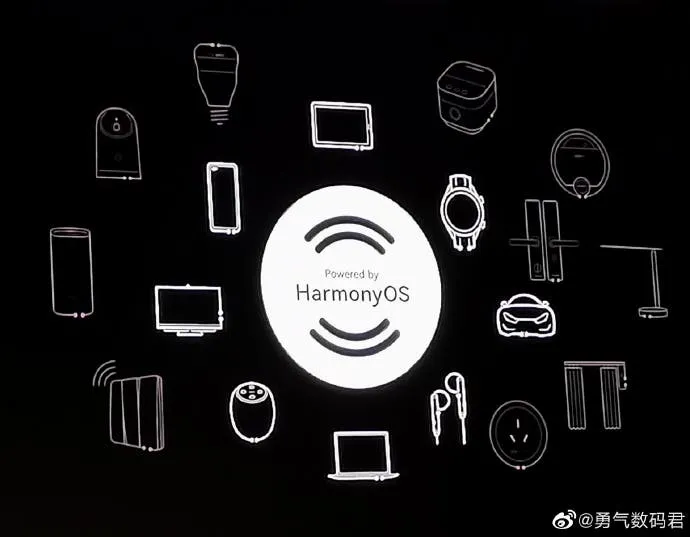Huawei held an event for the official release of the Harmony OS 2.0 for mobile app developers today. The company officially released its new system for smartphones at the event. Also, it also announced the recruitment for the Harmony OS 2.0 mobile phone developer Beta is active. According to Huawei, Harmony OS is a full-scenario distributed operating system for the Internet of Things (IoT) era. The company also hopes to work with partners and developers to create a super terminal experience for the IoT era.

Furthermore, Huawei also shared Harmony OS 2.0 design concept. This system brings an innovative full-scene super terminal experience with partners. It also comes with a better-distributed application framework. The DevEco Studio 2.0 one-stop platform incorporates significant changes and improvements. On this system, developers have access to mobile simulators as well as face-to-face communication with Huawei HarmonyOS technical experts.
The Harmony OS 2.0 public recruitment supports Huawei P40, P40 Pro, Mate 30, Mate 30 Pro, as well as MatePad Pro. Interestingly, it supports OTA upgrades as well as Android applications. Harmony OS support for Android apps will make this system much easier to use. In a sense, Harmony OS is just a change in the bottom layer of the system. This means that the Android + EMUI on Huawei mobile phones are now replaced by Harmony OS 2.0 + EMUI.

[Introduction to HarmonyOS 2.0]
The Harmony OS 2.0 mobile phone developer Beta version improves the following features:
- 15000 + APIs (support the development of mobile phone/PAD, large screen, wearable, car and machine applications)
- Distributed application framework
- Distributed UI controls
- DevEco Studio 2.0 Beta3
Mobile developer beta main features
- Brand new mobile phone UI controls, adding 50+ UI controls for developers to develop mobile HarmonyOS applications. It also unifies the UI interaction experience of multiple devices.
- The HarmonyOS application framework supports mobile phones and rapid migration. It also supports swift connection and circulation. There is a no-installation loading of HarmonyOS applications on multiple devices.
- Provides Windows and Mac platform development and compilation toolchain experience. This is convenient for developers to quickly develop HarmonyOS applications.
- Provides 40+ Sample Codes for mobile developers. This is convenient for developers to quickly understand and adapt to HarmonyOS interfaces and development methods.
- Distributed capability interfaces such as multi-modal perception support multiple usage scenarios.
- Offers a standard input method framework and capabilities
- Provide standardized telephone system interface capabilities.
- Uses a barrier-free development framework
- Provides standardized distributed data management capabilities. Developers can call standardized distributed DB interfaces to realize real-time data synchronization between devices.
- Enhance the account system capabilities, and include accountless devices into the HarmonyOS system.
According to Wang Chenglu, Harmony OS focuses on IoT. He claims that this system also comes with a better experience and more connections. Earlier, Huawei announced that HarmonyOS will open-source memory 128MB-4GB terminal devices in April 2021. After October 2021, it will be above 4GB. By 2021, Huawei smartphones will fully adopt the Harmony OS 2.0 system.






Place comments
0 Comments
You are currently seeing only the comments you are notified about, if you want to see all comments from this post, click the button below.
Show all comments